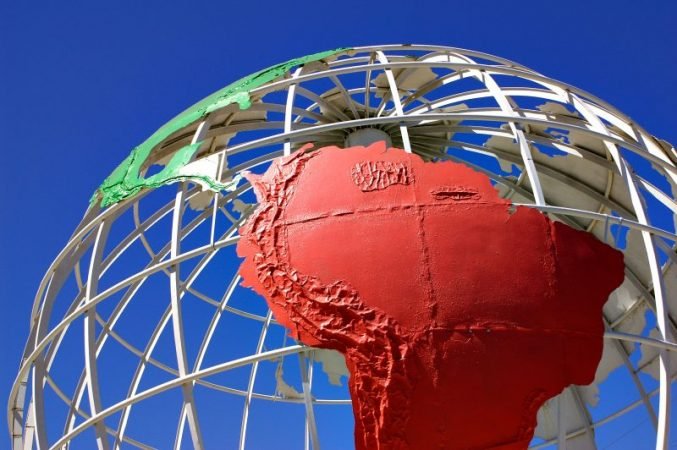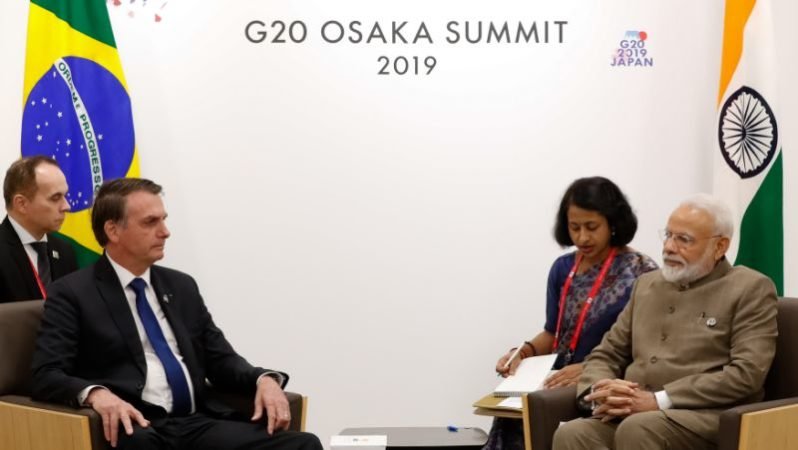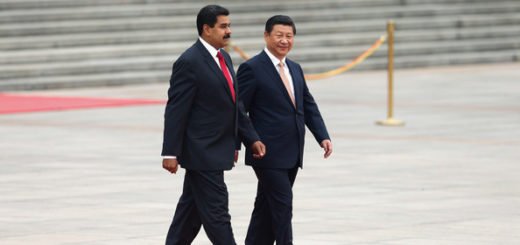Indian and Chinese Involvement in Latin America

Throughout the past and present century, the region of Latin America has experienced many political and economic upheavals. These issues and problems have impacted the continents overall development and the living conditions of people. In the present context, the countries in the region experience political and economic isolation, as the world is moving from military confrontations to economic provocations. The region is drawing attention from the international community with recent mass protests in Chile and the political crisis in Venezuela. In this scenario, it is interesting to look at the regions political and economic engagements with India and China, the two emerging global powers.
India’s Relation with Latin America
Historically, the region of India and Latin America has many parallels whilst taking cultural and geographical diversity into consideration. Both regions were subjected to the atrocities of Colonial expansion and the indigenous cultures of both regions either disappeared or lost authenticity in the hands of imperial rulers.

In the contemporary context, though, being a significant economic and political region, Latin America does not have the possible influence in India’s foreign policy. The region in India’s foreign relations appears to be nearly hindering. Given India’s rising energy needs, New Delhi has extended its relationships with West Asian countries, East Asian countries, and Africa, but a significant region, Latin America, is missing. India could explore an essential solution in Latin America to fulfil its energy needs, but India will be facing a competitor here, China.
New Delhi’s changing governments have made little effort to preserve a secure relationship with Latin America that distances India in the region and quietly backs China’s influence. Prime Minister Narendra Modi has recently invited Brazilian President Jair Bolsonaro to be the nation’s chief guest of 71st Republic Day celebrations, signalling a major improvement in relations between the two countries.
Both India and Brazil possess similar ambitions for the future such as a permanent seat in the U.N Security Council and increasing their economic imprint in the world economy. With Bolsonaro’s visit to India in early 2020, both countries have agreed to strengthen their strategic partnership and have signed MOU’s in the “diverse sectors that include Investment, Assistance in Criminal Matters, Cyber Security, Oil & Gas, Bio-energy, S&T, Culture, Animal Husbandry, Health and Traditional Medicines”. Increasing defence ties with each other were also included in the high-level meeting. Another sector which finds prominence is the Business ventures by both countries that have markets in each others. According to the Ministry of External Affairs, India and Brazil had bilateral trade worth $8.2 billion, with India exporting $3.8 billion and importing $4.4 billion. Engagement in the energy sector with Brazil has also grown with India importing $1.6 billion worth crude Oil from Brazil in 2018-19. The mutual cooperation between the countries is also evident from their participation in multilateral forums such as BRICA and IBSA. Along with increasing engagement with Brazil, India has the opportunity to develop its relationship with other nations in the region.

In 2019, Mexico became the top trading partner of India in the Latin American region with a historical record of $10 billion. Mexico is one of the few countries with which India maintains strong political and economic ties in the region. The Inter- American Development Bank report suggests that Venezuela and Mexico will become the biggest exporters to India from the LAC. The reason behind the success of the trade partnership with Mexico is the presence of Indian business entrepreneurs in Mexico. Indian businessmen’s participation in the events of Mexico’s trade expo’s increases the influence of Indian products in the Mexican markets. India’s import from Mexico mainly consists of crude oil and exports are of pharmaceuticals, software and IT, engineering goods and so on. The bilateral relationship between both the countries range from space cooperation, administrative assistance, cultural exchanges to extradition. There are more areas where both New Delhi and Mexico City can cooperate with each other and develop their partnership however significant improvement are very less compared to India’s engagement with Brazil.
China’s ambitions in Latin America
The Sino- Latin American interactions have historical past, the Chinese people were brought in to Latin America to serve as coolies in the colonial plantations and mines. The Chinese government has time to time maintained this relation with the supply of workers and enquiring the conditions of workers. The relationship gained significance in the modern age with the emergence of China as a global power. The Chinese investments in mining and plantation sites of the South American continent create jobs and provide financial assistance to the fragile economy of the countries in the region. In 2018, China has become the second-largest trading partner and the largest investor of the Latin American region.

The global economic aspirations of China have preferable partners in Latin America. The rapid growth of the Chinese economy in the 21st century has increased the need for more energy resources to support its economic expansion. China has become increasingly dependent on Gulf nations and African countries for energy resources, which has prompted China to diversify its supply base. Latin American countries such as Venezuela and Chile will be helpful in China’s search for resources. The Chinese multinational companies’ investments focusing on natural resources and agriculture shows intend of the PRC to establish a stable connection with the region and thereby gain access to the resources.
Brazil is China’s greatest ally in the South American continent. China established its first strategic partnership in the continent with Brazil, which later expanded to a Comprehensive Strategic partnership. China is the largest trading partner of Brazil. According to World Bank report, Brazil imported goods worth $34,730 million, making 19.16 percentage of its overall import. On the other hand, the country had exported $64.206 million worth goods to China, 26.76 percent of its overall exports. The bilateral relationship between the countries in the fields of technology, education and people to people contact strengthens the growing relations. Owing to the trade partnerships the countries are also partners in multilateral forums such as BRICS and G20 and are also strong proponents of increasing economic relationship in developing countries.
China and Peru’s partnership in trade is a significant one while considering the resource diversification strategy of the former. China and Peru have established a free trade agreement in 2009. Both the countries are mutually benefitting, with Peru’s exports of iron, silver minerals and Copper cathodes having high demand in China and China’s exports such as manufacturing goods increasing demands. The Chinese company has invested $500 million out of $3 billion in the Chancay Port Terminal project and another Chinese company is involved in Pampa De Pongo iron project. In 2019, discussions for the expansion of the Free Trade Agreement were carried out by the Peruvian Foreign Trade and Tourism minister Edgar Vasquez and the Chinese dignitaries. China’s foothold in the country is increasing in Peru and since this trade partnership benefits both nations there will be further developments in future.
Latin America holds a special status in the Chinese foreign policy. With diplomatic engagement, the PRC have managed to acquire the trust of leaders in the Latin American countries. The diplomatic partnerships between China and the Americas mainly focus on the institutionalization of economic ties. The Red Dragon maintains strategic relationships with Argentina, Brazil, Peru, Chile, Ecuador, Venezuela, Uruguay, Costo Rica, and Mexico. The 1999 “Go Out” policy of the Chinese government initiated and strengthened the new relationship between China and Latin America in the 21st century. Through this strategy, China gained significant new markets for their products in various parts of the world and the South American continent was a major target. Also through this economic association, Beijing has succeeded in segregating Taiwan, also known as the “Republic of China” by bringing away countries that still has diplomatic ties with Taiwan.

What will be the future?
While comparing the political and economic engagements of India and China in the Latin American region, it seems India lags behind China in several aspects. A significant factor is the enthusiasm shown by Beijing to be a participant in the South American continent’s affairs and New Delhi’s hesitation to expand to this region. The business relations of Chinese corporates in the region are backed by the government whereas the Indian businessman finds very little or no such support from the Indian government. However, India has hope with its increasing engagement with Latin American region both in economic and political cooperation’s. China, for an extent, have this global image of a powerful nation that exerts power through its money power. The Latin American countries are conscious of their relations with China while considering this projection of China. On the other hand, India have a modest image and the global south to south cooperation also aids in improving the relation with each other. Perhaps, with a dedicated and attentive foreign policy towards Latin America will lead India to have an influential impact in the region.


















